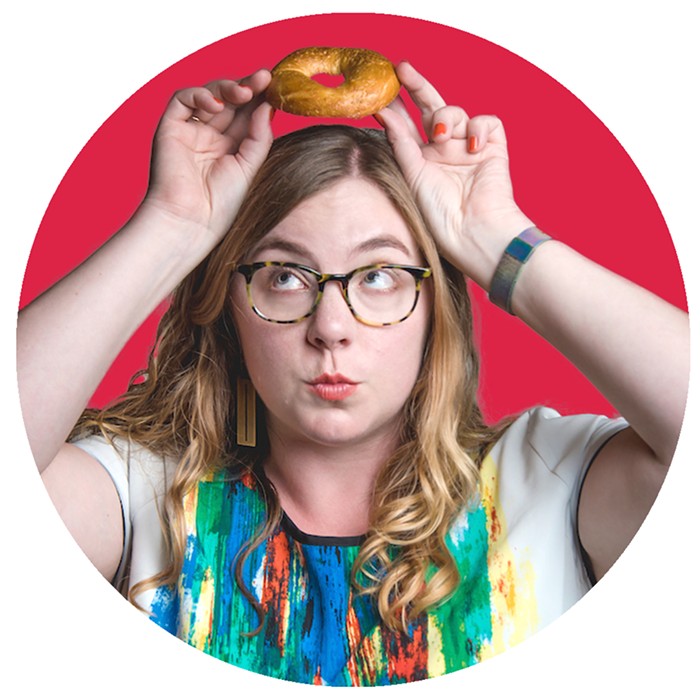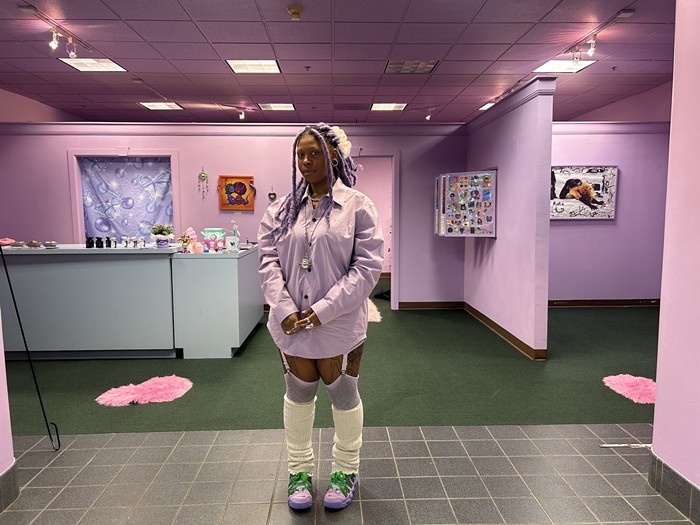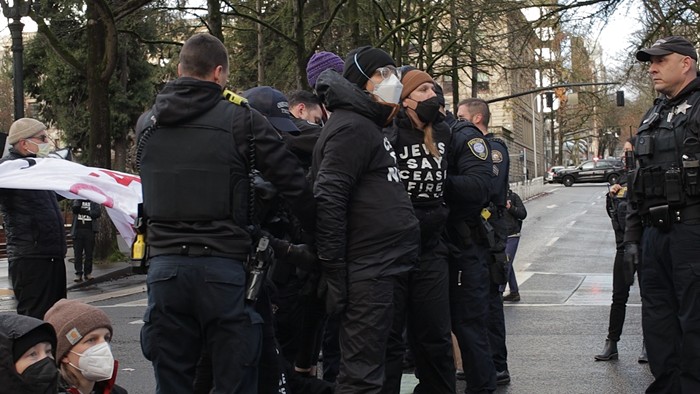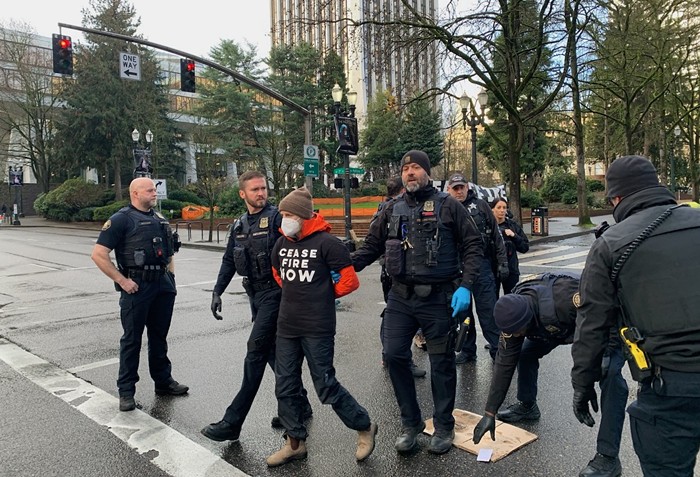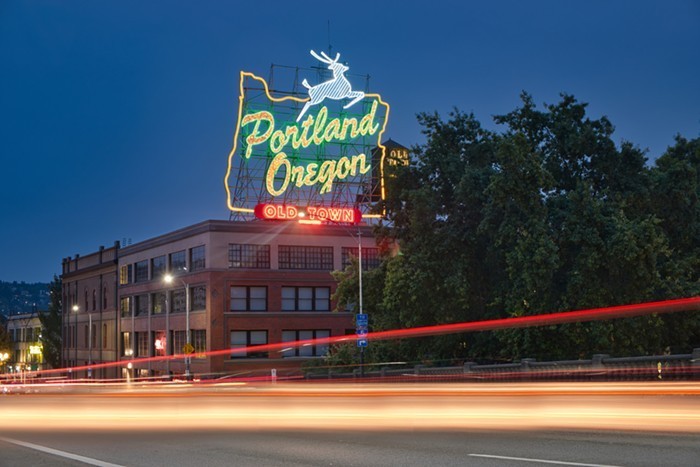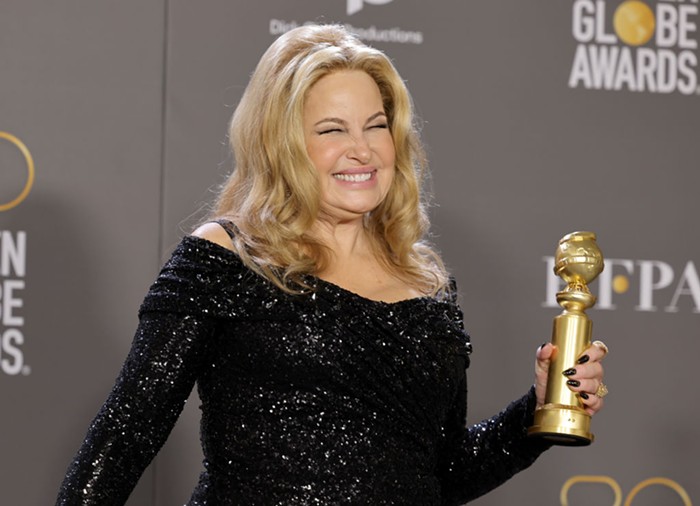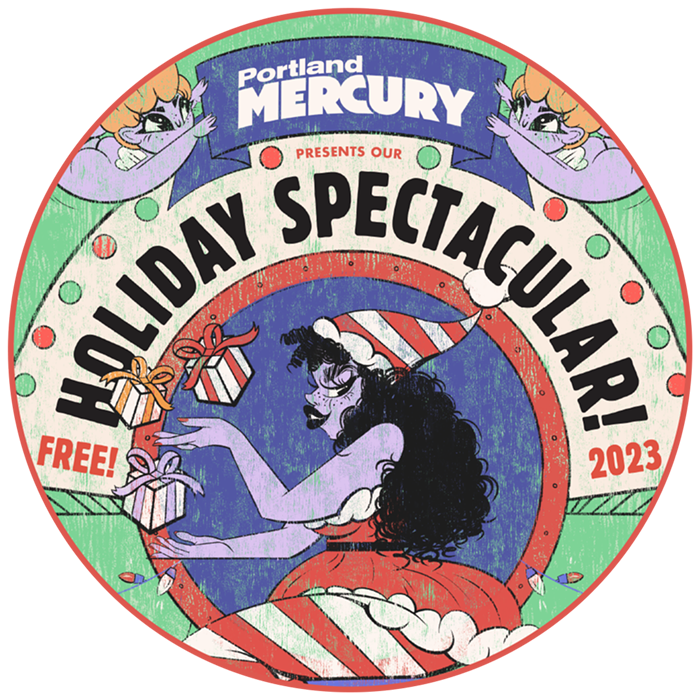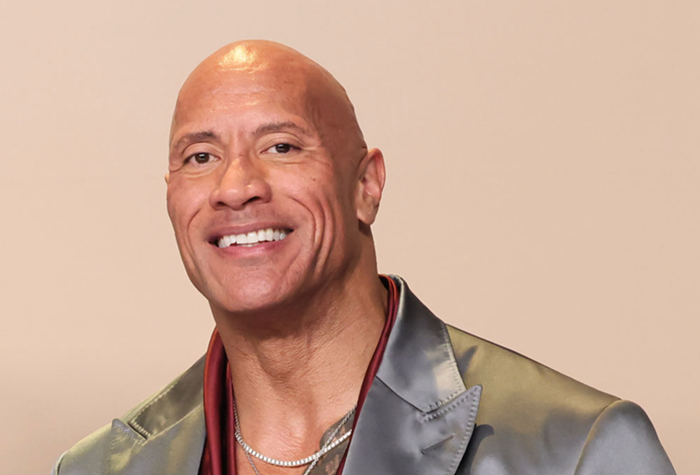A CONFESSION that may make me the worst native Oregonian of all time: I don't like IPAs.
Believe me, I've tried; I've even gone so far as to track down a bottle of Northern California's famed Pliny the Elder just to make sure. But there's something about an IPA's overwhelming blast of hops that just reminds me of bong water.
But my distaste for India Pale Ales puts me in the minority: These babies are big business. Craft beer sales are increasing exponentially every year, and according to figures from IRI, a national market research firm, IPAs and pale ales make up 30 percent of the beers poured in bars and restaurants.
"IPA is king," says Julia Herz, craft beer program director for the national Brewers Association. "It's tied to the full-flavor movement for beer, where no longer does a light American ale satisfy Americans. Beer lovers love them."
Oregon brewing empires have been built on the British-inspired swill: Breakside Brewery's flagship IPA won gold this year at the massive Great American Beer Festival (where IPAs represented the most contestants), while Eugene's Ninkasi's Total Domination and Tricerahops are more bitter than an aging barfly.
That may be why, out of the estimated 183 microbreweries in the state, a scan of Oregon Liquor Control Commission (OLCC) data shows that just five—count 'em, five—have the cojones to not make an IPA.
"If you're a brewery and you want to churn out money, you make an IPA," explains Paul Arney, owner of the Ale Apothecary, a 500-square-foot brewery in Bend specializing in sour beers. Arney, who formerly worked for Deschutes Brewery, says that when he brewed there, the more hops a beer had, the more it sold. When he struck out on his own, he decided to brew what he liked.
"Of all the things in the entire beer universe, I'm going to pursue what gets me going," he says. "An IPA wasn't a part of that."
Joining the Ale Apothecary in bitter-less brewing is Portland's Occidental Brewing and the Commons Brewery, Heater Allen in McMinnville, and Logsdon Farmhouse Ales in Hood River. (It's possible there are others that don't appear in OLCC data.)
Besides the aversion to taste-bud-obliterating beer, each brewery is relatively small in distribution and size, and young—none was in existence before 2007. Perhaps not coincidentally, the Commons and Occidental brew my two favorite beers—the impeccable Urban Farmhouse Ale and a crisp Kölsch, respectively.
The pride in holding out brings to mind that episode of Seinfeld, when the gang held a bet to see who could go the longest without indulging in self-gratification.
"It's an anti-arms race to see who isn't going to," says Josh Grgas, brand and operations manager for the Commons, which opened in 2011. "We've joked with Occidental and Heater Allen about doing a collaboration and doing an IPA."
The feeling is mutual in St. Johns: "The Commons? If they made one we'd give them lots of shit for it," Occidental Brewing co-owner Ben Engler says. "We'll never do one. There's no reason why we'd do one and we never will."
Grgas points out that Upright Brewing refrained for a while, but eventually scratched that hoppy itch. It makes sense that microbrewers, particularly in the Pacific Northwest, started out with bold IPAs. Herz of the Brewers Association says the region is responsible for roughly 30 percent of the world's hop production; plus, IPAs are a direct rebellion to the watery suds guzzled for decades.
Now, however, the market is saturated, and Grgas says there just isn't much more to add to the conversation.
"It was a willful decision not to make an IPA," he says. "There are tons of breweries out there making very good examples of IPA."
Grgas compared IPAs to strong flavors like pork belly and fried foods, which makes them tough to enjoy daily. "We really nerd out on a fresh salad," he says.
Arney, from Ale Apothecary, put it more bluntly: "When you have one of those beers that just beats up your palate like that, it makes it hard to appreciate anything else."
Also, for these niche brewers, an IPA doesn't necessarily fit their style. Occidental, for example, specializes in German beers, where hop blasts were, until recently, unheard of. (Stammtisch and Prost, those stellar German beer houses, also do not offer IPAs.)
Engler, sipping a pilsner onsite at Occidental in early November, says that he had two people already request an IPA that day, and recounted a tale where a couple came in to taste, and described themselves as "hop heads." The woman walked out when he explained there was no IPA for her. "I think they said they came from Hillsboro," he says.
Still, the cult-like obsession this state's got with IPAs hasn't kept the holdouts from prospering. Occidental is currently remodeling to increase capacity by at least 50 percent, and Willamette Week named the Commons' Urban Farmhouse Ale its top beer in 2013.
While brewers and industry experts acknowledge that IPAs will probably keep their dominance on the tap list, even the most hardened International Bitterness Unit (IBU) addicts are starting to accept lighter, lower alcohol offerings. There's even a new genre: India Session Ales. Other breweries built on IPAs are also starting to play with pilsners and lagers.
"Sessionable beers, like our Kölsch, they're starting to make more like that," Engler says. "People's flavor profiles change. They evolve over time."
There's More to Life Than Hops
The following beers pack in the taste—without leaving a bitter feeling in your mouth:
Occidental Kölsch: The brewery's top-selling beer, this cheery yellow tallboy joins me at the river, in my living room, and just about anywhere I'm drinking. It's crisp and refreshing, but still has way more flavor than a PBR.
The Commons Urban Farmhouse Ale: Served in a 750-milliliter bottle, it'll run you about $10, but look at it as an investment in an ale that offers one of the finest balances of malt, yeast, spice, citrus, and carbonation I've tasted to date.
Ale Apothecary Sahalie: Available in limited quantities, you can pick up a growler of this sour-style beer at the Tin Bucket on N Williams. It's tart, with notes of tropical fruit.
Heater Allen Schwarz: Looking for something darker? This is a sweet and smoky European dark lager with malt action for days. It's currently the 12th schwarz in the world on ratebeer.com.

